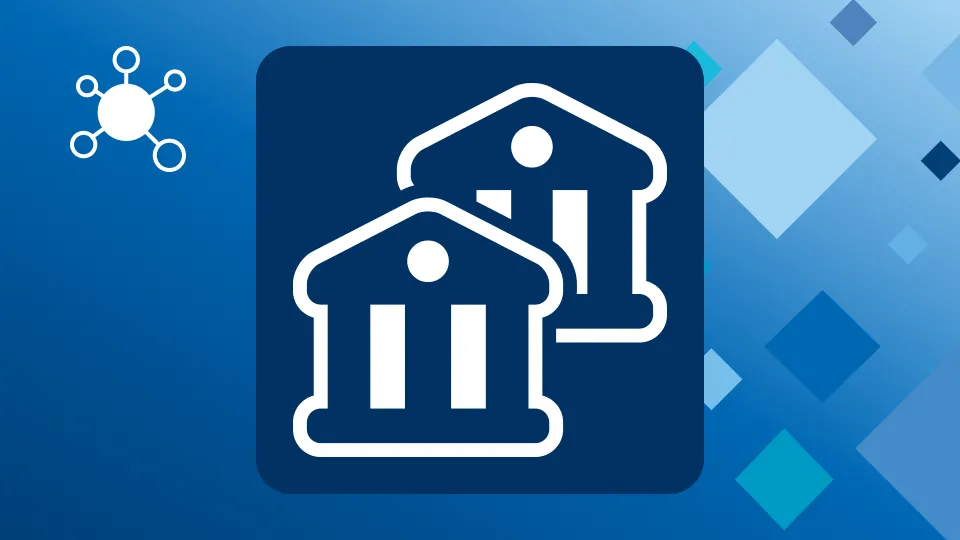When it comes to offering Payments as a Service, banks have so much to gain by leading the race. Alternatively, they have so much to lose if they do not take the lead and allow Fintech and other new entrants to the market to gain the upper hand with offering third-party payment systems.
New Opportunities Abound in Payment Services
The COVID-19 pandemic accelerated the push for digital identity verification systems. The world began to rely heavily on online payments to address the expanding volume of e-commerce and for the disbursement of government payments related to relief from the financial burdens, brought on by the pandemic.
Digital ID systems sprang up around the globe.
In the United States, cash payments declined by 24% in 2020. The trend shows no signs of saturation, driven by a continuous influx of payment service solutions which simplify the consumers’ day to day purchase behavior. Apple’s iPhone-to-iPhone payment and QR code based payments are just two examples.
In Europe, the Payment Services Directive (PSD2, Directive EU 2015/2366) required banks to open their APIs to third party payment and information service providers. The binding of the regulation to an eIDAS based qualified certificate placed payment services in a well-established regulated framework with a high level of legal assertion. Retail payments benefit from the regulation, leading to year-on-year growth of payment-service based transactions - a 15% growth in 2022.
Payment services enable emerging countries to leap-frog and to overcome barriers in the global payment infrastructure. The void of a banking infrastructure that has yet to be fully developed is being driven by technology-driven solutions that only require the ubiquitous smartphones. In Chile, officials were able to quickly pre-enroll millions of potential recipients of government aid to confirm their eligibility and if necessary, to appeal their status. In Thailand, a digital ID system allowed the government to quickly filter through more than 28 million people who applied for a new benefit intended for informal workers who had been affected by the pandemic. This allowed the government to filter out applicants who were eligible to receive assistance provided by other programs.
In India, digital ID-enabled payment solutions also experienced rapid growth as transactions through India’s bank-led and AEPS (Aadhaar Enabled Payments System) doubled within two years as of March 2021. The value of these transactions tripled over these two same years.
Cross-border payments continue to significantly grow despite declining travel and trade volumes during 2020. E-commerce transactions increased by 17 percent while cross-border network provider SWIFT saw their volume increase by 10 percent during December 2020 over the previous year.
Internationally, B2B payments experienced robust growth, especially when partnered with invoicing and accounts receivable/accounts payable management solutions. Larger transaction banks are investing in innovative solutions. For instance, a recent entrant into the banking services space, Goldman Sachs is developing a platform that includes integration with SAP Ariba.
Industry-wide initiatives led by SWIFT and the Financial Stability Board (FSB) aim to increase the efficiency of cross-border transactions. McKinsey projects that revenue growth from total cross-border payments will increase by 6 percent during the next five years.
Looking to the Future of Payments as a Service
The next frontier for banks offering Payments as a Service will be based on their established credibility in the area of core payment functionality. Owning the customer relationship will still be important along with scale still mattering. Payments will be absorbed into the full commercial/consumer purchase-to-pay as ecosystems demand new, more robust services.
The payment sector’s boundaries have expanded naturally as payments continue to integrate into customer journeys. Looking back over the past four decades, payments were defined as the various networks, access and delivery mechanisms, instruments, and processes that facilitate the exchange of value between sellers of goods and services and their customers.
Banks are players with established credibility in providing core payments functionality and are at an advantage when offering attractive services that are natural extensions of what they already offer. Such services include payments and banking-adjacent software, infrastructure, and services and commerce, sales, and trade enablement.
Payments and banking-adjacent software, infrastructure, and services
Banks continue to remain as an endpoint of the value chain, thus continuing to hold the largest shares of payment revenue. As payments and their underlying technology face commoditization in the future, existing, more traditional players, like banks continue to have opportunities because they provide the transactional and compliance core that is needed to deliver adjacent services as front ends are reimagined. While most offerings have centered on solutions for consumers, there is immense potential for the commercial side, too. Offering important and somewhat less commoditized value-added items also work to banks’ advantage as they become a “one-stop shop.” Such offerings include:
- Risk solutions
- Digital identity
- KYC-as-a-service
- Charge-back mitigation
Commerce, sales, and trade enablement
Banks can learn from the experiences of non-bank market entrants. These entrants derive their value from the related services they offer. But they tend to drive down their value. Banks need to consider taking the same approach to avoid becoming disadvantaged.
Banks continue to be the dominant force. They have established customer channels and benefit from trustworthy and regulated structures. Having to comply with strong banking regulations hardens them against fraud. They already handle the consumers’ financial back-end. It is only an increment in the user relationship to include adjacent services. No switching costs are involved.
Important prerequisite is that banks do the groundwork by establishing a qualified digital ID of their consumers. Banks, as opposed to fragmented payment service providers, can create a complete picture of the consumers’ portfolio. This enables value adding services like book-keeping, liquidity planning and risk-assessment. Platformization of banking services allows consumers to easily embrace these additional services.
One of the strongest and disruptive opportunities for European banks will be the digitization of the Euro. Banks can provide payment directly as use of the currency will not be tied to any intermediary banking institution, which also means that interaction with payment service providers will not be needed. Retailers might prefer to prioritize direct digital Euro payment as it would save the service fee to the third party payment service providers.
However, there is also a risk if incumbent banks do not defend their terrain. The bank’s strongest asset is its capability of consumer risk assessment as it sees most of the transactions, can forecast coming expenditure and cash-in. But if the front ends of most transactions are moving to the front ends, Apple and Google will become the new omniscient observers - the operators of the global smartphone operating systems. Banks need to maintain control over payment and risk assessment to avoid a decline in their role as gate-keepers in the financial markets.
Strong Foundation Needed for Security
Payment services offered by banks should be based on a solid foundation, regulatory compliance, and security. Utimaco’s Atalla AT1000 is designed to be the ideal solution to meet these needs, including the safe storage of sensitive data.
References
- The transformation of the European payments landscape (2018), by SWIFT
- Payment services - The European Commission is working to create an efficient and integrated market for payment services in the EU (retrieved February 2022), by the European Commission
- A digital Euro (retrieved February 2022), by European Central Bank






